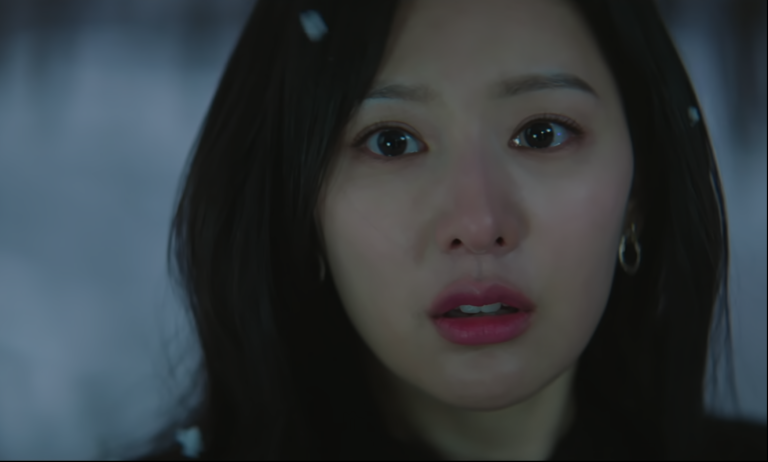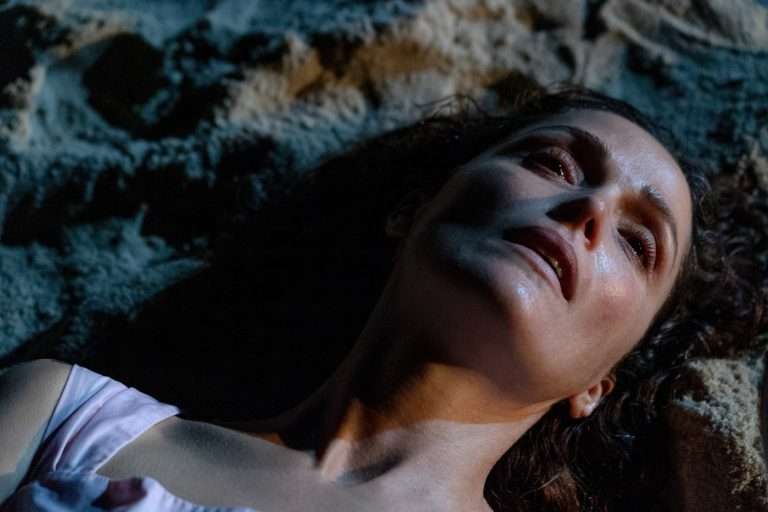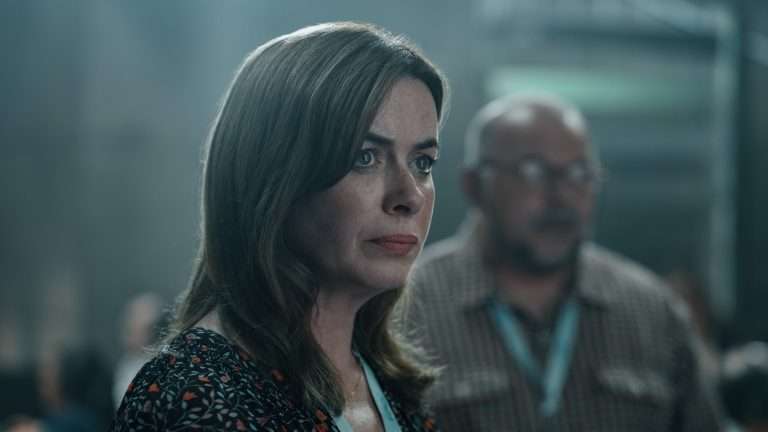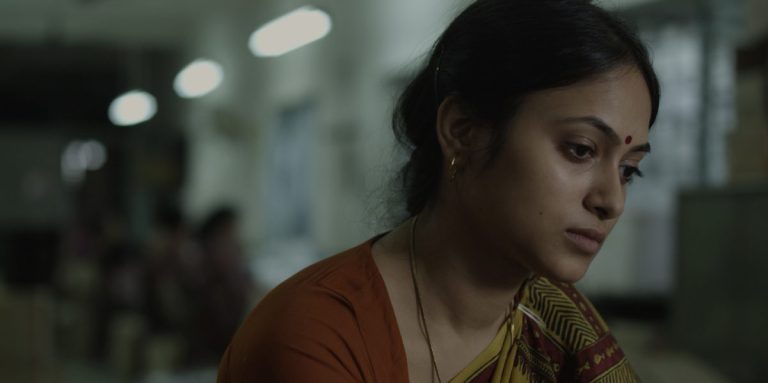Showing Up, the most recent feature by U.S. indie filmmaker Kelly Reichardt, discusses art, the artist, and that bubble that sometimes separates their private world from the outside world. Once again, the director and screenwriter focus on a character who can reflect the “ordinary person,” discarding the initial idea of transposing the biopic of Emily Carr (a more established Canadian artist). Indeed, Showing Up follows the young sculptor Lizzy Carr (Michelle Williams) in the week leading up to her vernissage, intent on dealing with small daily problems obtrusive to her desired artistic freedom.
Already a representative of slow, minimalist cinema and an artistic movement defined as Neo-Neo Realism, Kelly Reichardt appears to transpose part of her human and artistic experience into the character of Lizzy. Similarly, like her protagonist with her art, Reichardt encloses and focuses the entire film in her personal bubble. Ultimately, Showing Up is evidently built more on the sensibility of its director than on a commercial sensibility. Both a strength and a weakness, the film is constrained by being extremely inward-looking, and its appreciability is directly linear to the viewer’s emotional alignment with those who directed and crafted it.
As much as it is always commendable for an auteur to choose to direct a film in response to their artistic and personal vision and not to more commercial considerations, the backlash is the risk of making, as in this case, an extremely niche piece of filmmaking. And, despite its polished workmanship, Showing Up has numerous characteristics that, while potentially leaving room for empathy, make it an occasionally inadequate and dull movie.
The protagonist, rather than in a plot, moves through a series of situations designed to unveil a subtle but important inner change in the run-up to her exhibition. Lizzy’s life, in addition to her sculpture, as intended as her artistic bubble, is made up of her work as a graphic designer at the art school run by her mother, Jean (Maryann Plunkett). She speaks little, and when she does, it is almost always with a veil of exasperation and grumpiness toward the other party, whether motivated or not.
In Reichardt’s attempt to communicate more with images and details, it is not immediate to understand what causes the protagonist’s obvious existential malaise. Thus, there is room for the viewer to interpret her behavior as dissatisfaction, burnout, psychological malaise, a sense of inferiority, or family issues (as well as a combination of the above). Likewise, it is up to the viewer to interpret what her art represents in a general sense and for its maker as a creative process.
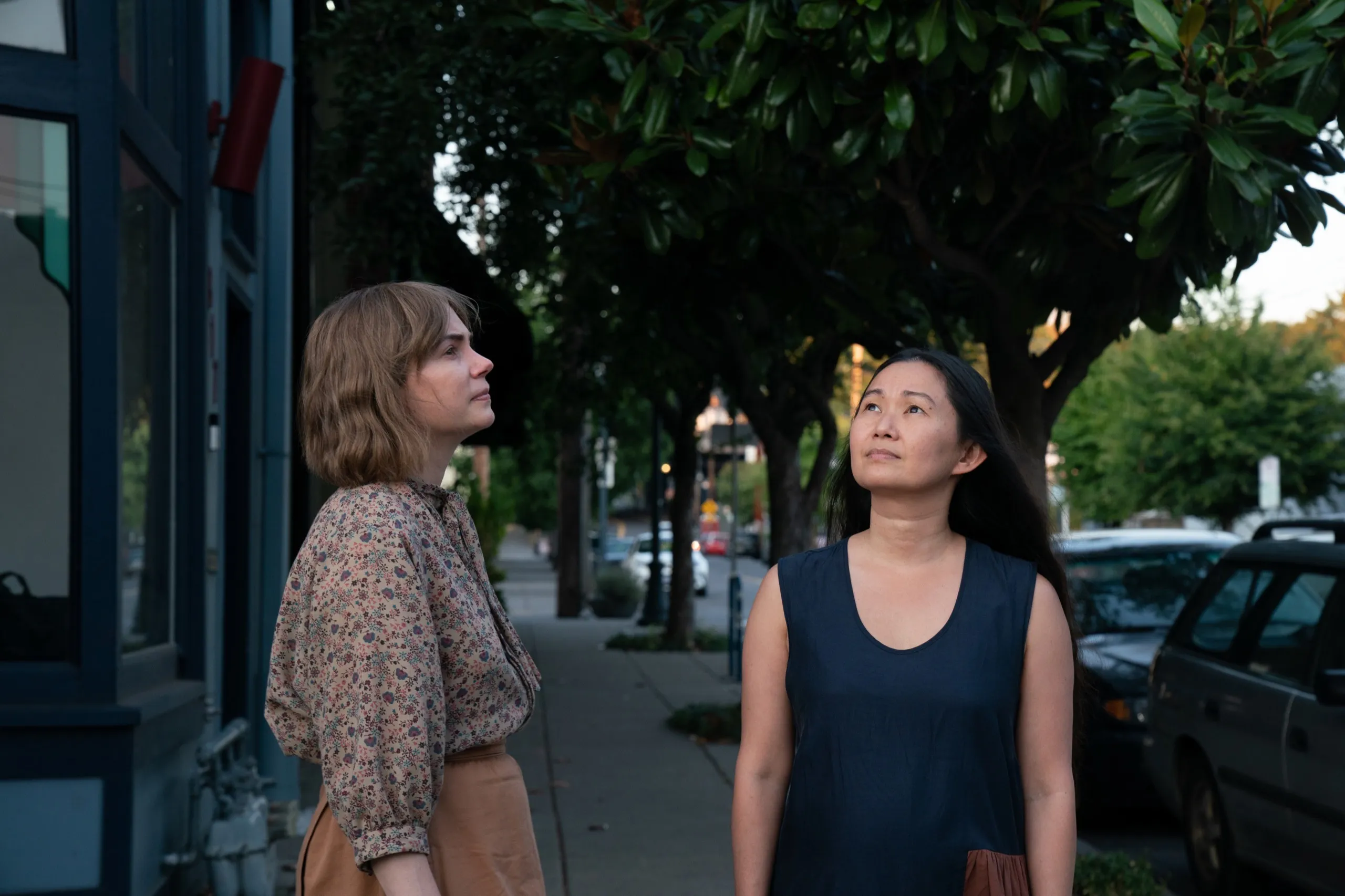
When the viewer’s ability or willingness to empathize is lacking (which is curiously Lizzy’s own greatest lack), following the protagonist is extremely tedious. Cold and seemingly opinionated, she is not a particularly nice person and especially does not seem like a good one. While her detached behavior toward other people is understandable, the almost derogatory way the protagonist treats the two animals (usually used as catalysts for empathy) in the film stands out. These are her cat, which the protagonist merely feeds and almost appears to regret having in her house, and a pigeon that she will (albeit unwillingly) take care of but which she initially intimates to die somewhere else by throwing it out of her window with a dustpan.
Similarly, in her relationship with all the other characters, from the carefree artist and landlady Jo (Hong Chau), who wrongly delays fixing her hot water, to her bizarre family members, pieces seem to be continually missing. The film constantly stands as a rough canvas waiting to be colored by those who are watching it, but in its individuality, it remains sloppy and without substance.
Michelle Williams, in her fourth collaboration with Reichardt, remains a very talented actress and convincingly inhabits the role of Lizzy. The performance, however, falls a bit flat and one-dimensional in its being consistently resigned, mopey, and subdued. In the role of the neighbor and landlady, Hong Chau, on the other hand, manages to add that slightly ironic and irreverent tone that makes up the most successful declension of Showing Up.
On the visual level, Showing Up is rather gray, drab, and sad, as if it lacks any spark of life of its own. Christopher Blauvelt’s cinematography only underscores its lingering bleakness. This also applies to the surreal Portland college campus, where clips of moments of artistic creativity are filmed. These scenes clutter the picture with superfluous, self-referential, and long-dead moments.
Another deterrent is the constantly and relentlessly slow pace, which is in no way balanced by the weak screenplay (co-written by the director and the novelist Jonathan Raymond). The core metaphor of the pigeon that cannot fly, as of the existential malaise that Lizzy is battling, is poorly etched and outdated. Likewise, the split between person and artist always remains only hinted at. The result is a repetitive, uninteresting opera stretching 108 minutes into what seems almost twice as long.
Despite its numerous flaws, it still does not seem fair to call Showing Up a poorly made or unlikeable film, but rather as an extremely closed one. Certainly, it reflects its director’s inability to conceive of art even as a product, which unfortunately still remains, and consequently, in giving her product any incentive to be both seen and appreciated.


